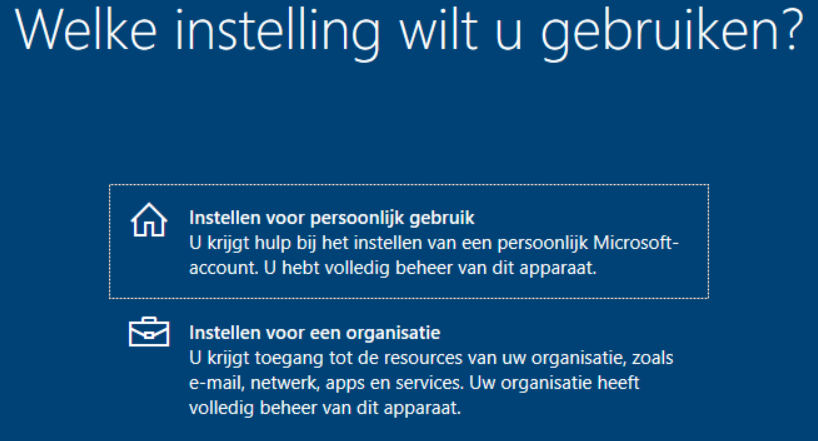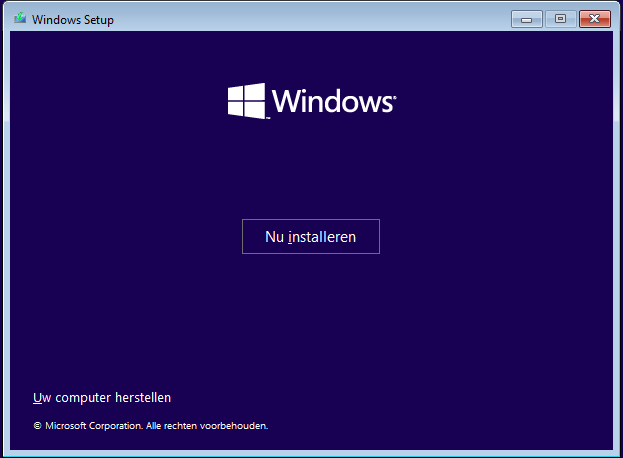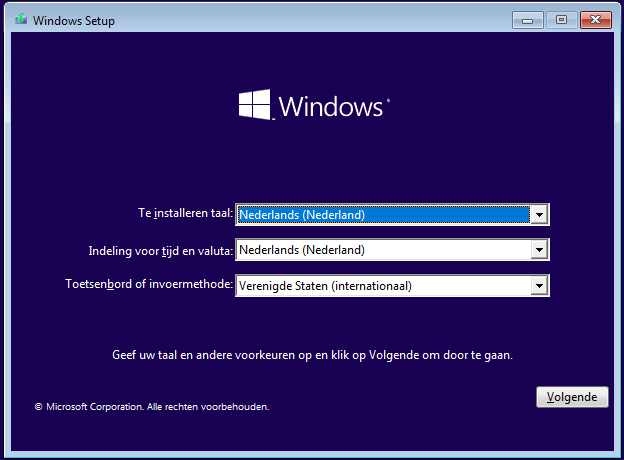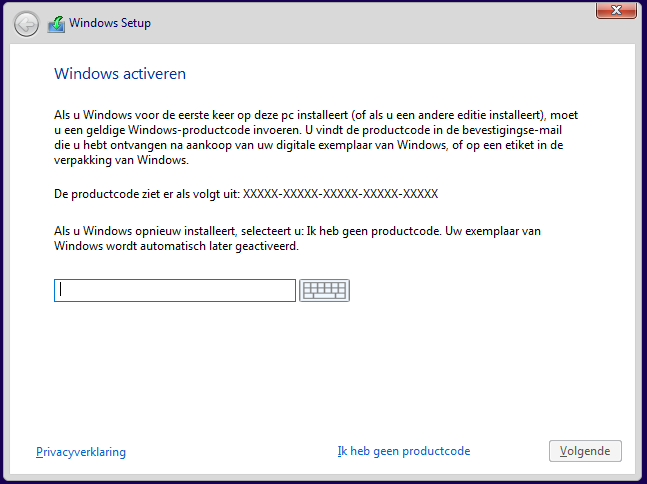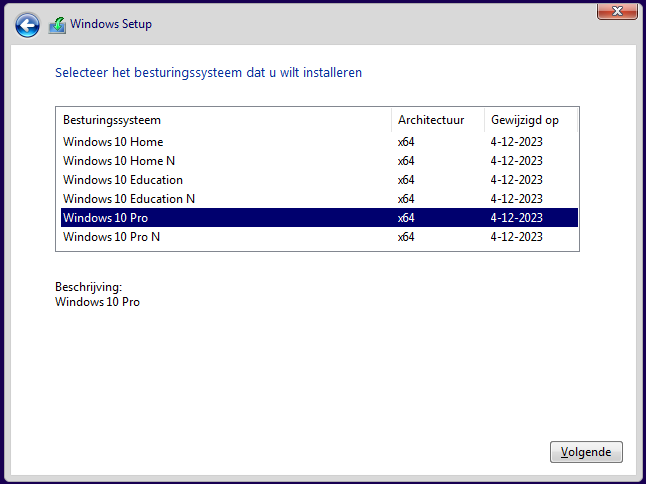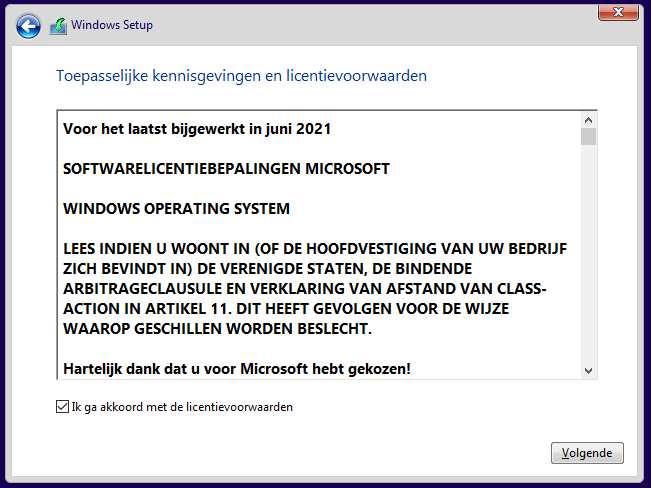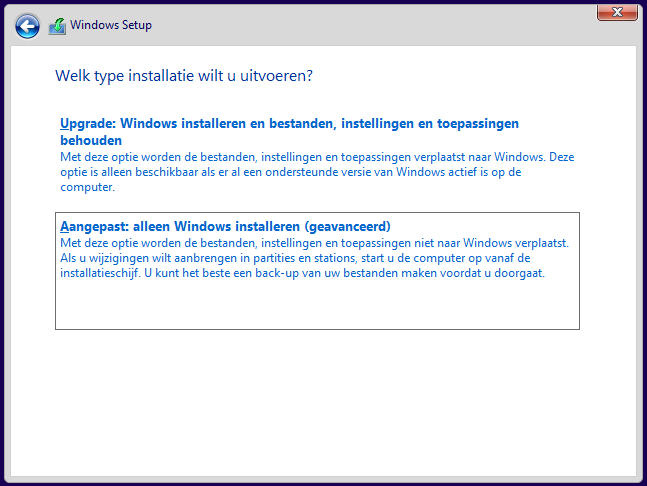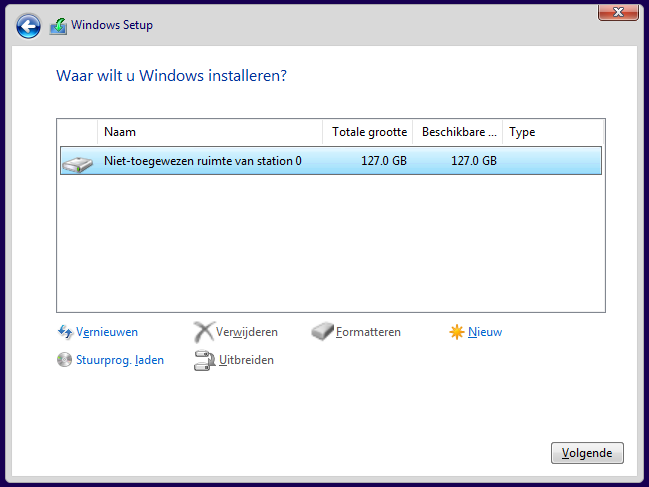Bij het kiezen van een koelsysteem voor uw computer zijn er twee populaire opties: luchtkoeling en waterkoeling. Beide methoden hebben hun eigen voordelen en nadelen, afhankelijk van uw specifieke behoeften en gebruiksscenario’s.
Luchtkoeling:
- Werking: Luchtkoeling maakt gebruik van een koellichaam (heatsink) en één of meerdere ventilatoren om warmte van de CPU af te voeren. De warmte wordt via metalen heatpipes naar het koellichaam geleid, waar de ventilatoren de warmte wegblazen.
- Voordelen:
- Eenvoudige installatie: Luchtkoelers zijn meestal eenvoudiger te installeren omdat ze minder componenten hebben.
- Lager onderhoud: Er is geen vloeistof die kan lekken of vervangen moet worden, wat het onderhoud minimaliseert.
- Kosten: Over het algemeen zijn luchtkoelers goedkoper dan waterkoelers.
- Nadelen:
- Beperkte koelprestaties: Luchtkoelers kunnen minder effectief zijn bij het afvoeren van warmte, vooral bij zware belasting of overklokken.
- Grootte: Sommige luchtkoelers kunnen groot en zwaar zijn, wat problemen kan veroorzaken in kleinere behuizingen.
Waterkoeling:
- Werking: Waterkoeling gebruikt een vloeistof om warmte van de CPU af te voeren. De warmte wordt via een waterblok naar een radiator geleid, waar ventilatoren de warmte afvoeren.
- Voordelen:
- Betere koelprestaties: Waterkoelers bieden vaak superieure koelprestaties, wat vooral nuttig is bij overklokken of intensieve taken.
- Stiller: Bij lage belasting kunnen waterkoelers stiller zijn omdat de ventilatoren minder hard hoeven te werken.
- Nadelen:
- Complexere installatie: Waterkoelers hebben meer componenten zoals pompen, slangen en radiatoren, wat de installatie ingewikkelder maakt.
- Onderhoud: Regelmatig onderhoud is nodig om ervoor te zorgen dat de vloeistof op peil blijft en er geen lekken zijn.
- Kosten: Waterkoelers zijn meestal duurder dan luchtkoelers.
Bij het kiezen tussen lucht- en waterkoeling is het belangrijk om rekening te houden met uw budget, de grootte van uw behuizing, en uw koelbehoeften. Beide methoden kunnen effectief zijn, maar de beste keuze hangt af van uw specifieke situatie en voorkeuren.
Wat is een AIO Waterkoeler?
Een AIO waterkoeler is een gesloten systeem dat bestaat uit een waterblok, pomp, slangen en een radiator met ventilatoren. Het is ontworpen om eenvoudig te installeren en te gebruiken, zonder dat er extra onderdelen of vloeistof nodig zijn.
AIO waterkoelers worden vaak gebruikt voor het koelen van de CPU, maar er zijn ook modellen beschikbaar voor GPU-koeling.
Voordelen van AIO Waterkoelers:
- Eenvoudige installatie: AIO waterkoelers zijn vooraf gevuld en verzegeld, wat betekent dat u zich geen zorgen hoeft te maken over het vullen of onderhouden van het systeem. De installatie is meestal eenvoudig en vergelijkbaar met die van een luchtkoeler.
- Betere koelprestaties: AIO waterkoelers bieden vaak betere koelprestaties dan luchtkoelers, vooral bij zware belasting of overklokken. Dit komt doordat water efficiënter warmte kan afvoeren dan lucht.
Nadelen van AIO Waterkoelers:
- Kosten: AIO waterkoelers zijn meestal duurder dan luchtkoelers, hoewel ze goedkoper zijn dan op maat gemaakte waterkoelsystemen.
- Levensduur: Hoewel AIO waterkoelers ontworpen zijn om onderhoudsvrij te zijn, kan de pomp na verloop van tijd slijten, wat de levensduur van de koeler kan beperken.
- Mogelijke lekkages: Hoewel zeldzaam, bestaat er altijd een klein risico op lekkages bij waterkoelers. Dit kan schade aan andere componenten veroorzaken als het niet snel wordt opgemerkt.
AIO waterkoelers bieden een uitstekende balans tussen prestaties, gebruiksgemak en kosten, waardoor ze een aantrekkelijke optie zijn voor zowel casual gebruikers als enthousiaste gamers en overklokkers.
Deze tekst is gegenereerd met Microsoft Copilot.
Vragen?
Neem dan contact met ons op.





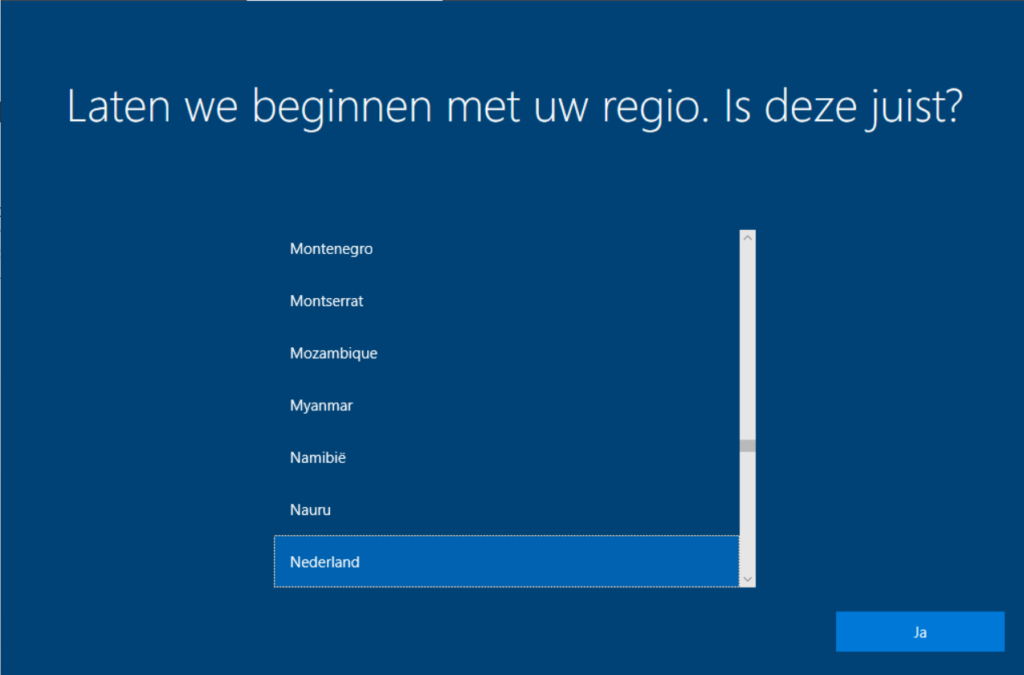
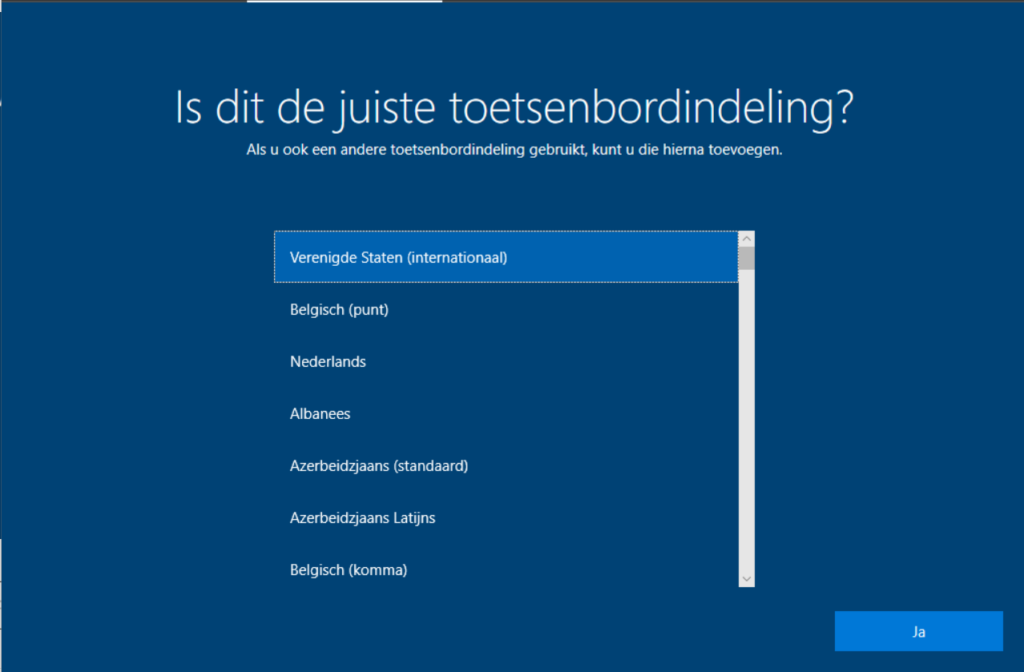
 .
.